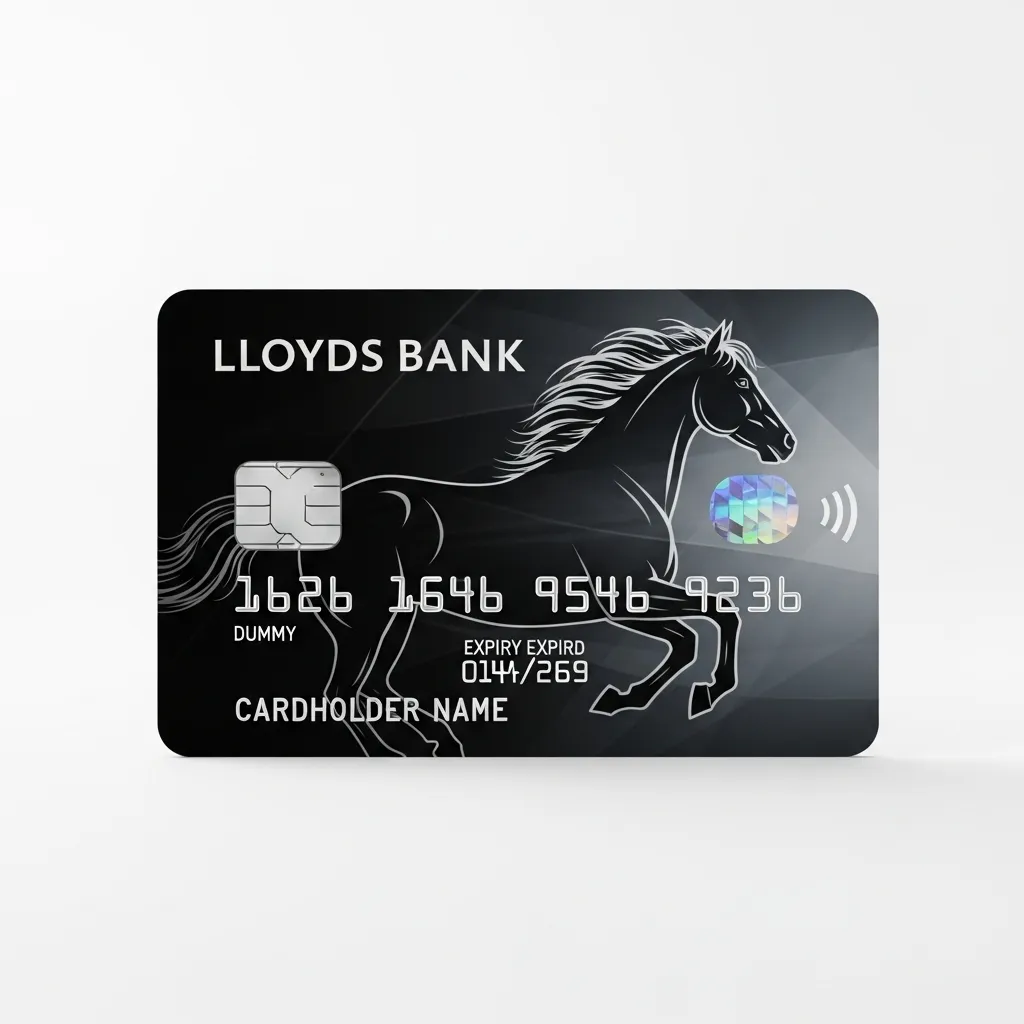
Most “reviews” drown you in jargon or push you toward a shiny perk you’ll never use. Here, we flip the script: simple language, realistic math, and a step-by-step plan to figure out the real value of a credit card american express for your life. Skim the headlines, pause on the tables, and—before applying—run the ROI mini-calculator you’ll find below.
If you want a polished app, clean statements, useful protections, and a rewards engine that can scale with you, you’re home. If you hate tracking categories or you carry balances month to month, start simple and keep costs near zero before you chase upgrades like american express the platinum.
Personal note: My first credit card american express felt like adding cruise control to my budget. Alerts nudged me to keep utilization low; the app turned “Uh-oh, did I pay that?” into “Yep, autopay is on.
A mature ecosystem gives you three things: usability (good app), predictability (clear rewards), and upgrade paths (from starter to premium like american express the platinum when your lifestyle truly justifies it).
Choosing a credit card american express is like choosing shoes: don’t buy running spikes for a stroll in the park.
Think of points as a currency with multiple “exchanges.” The trick isn’t just earning; it’s redeeming at a high cpp.
| Category | Typical Multiplier (Illustrative) | What to watch |
|---|---|---|
| Dining | 3x–4x | Exclude delivery services if terms say so |
| Supermarkets | 2x–4x | Yearly caps sometimes apply |
| Travel (booked properly) | 3x–5x | Portal vs. direct booking rules |
| Everything else | 1x | Use a second card if you want a better base rate |
Anecdote: I moved my weekly grocery run to a card with a higher multiplier and shaved months off my first “free” trip. It didn’t feel like gaming—just aligning spend with the right tool.
Transfers can unlock premium cabins, better award charts, or lower surcharges. Move points only when you’re ready to book to avoid devaluations.
A perk isn’t free if you pay for it with interest. Here’s the sober checklist before chasing upgrades like american express the platinum.
It’s worth it only if the perks + credits you’ll actually use exceed the fee—consistently.
| Cost Type | Typical Behavior (Illustrative) | Why it matters |
|---|---|---|
| Purchase APR | Variable by profile | Revolving balances erase rewards |
| Foreign transaction | 0%–3% | Travelers should seek 0% |
| Cash advance | Fee + higher APR + no grace period | Avoid unless it’s an emergency |
If you carry balances, your first goal isn’t points—it’s paying less interest. Use autopay (statement balance) and keep utilization low; then optimize the fun stuff.
Even if you never chase business-class redemptions, protections can quietly refund delays, cover damaged purchases, or extend warranties.
Check the offers tab regularly. Small statement credits stack up—dining, rideshare, subscriptions—especially handy if you’re contemplating a future move to american express the platinum.
Good support resolves fraud flags fast. As your profile grows, a product change can unlock better perks without opening a new line.
Mini-quote: “Value isn’t loud. It’s the message that says, ‘We credited $200 for your delay.’”
You can (and should) test eligibility first without hurting your score.
A soft check estimates your odds for entry and mid-tier products—and maps a later pathway to american express the platinum if your profile matures well.
Use this to decide whether to keep/upgrade/downgrade—especially when considering american express the platinum.
| Component | Conservative Value |
|---|---|
| Points redeemed (1.4¢ avg) | $350 |
| Used credits (real, not theoretical) | $180 |
| Protections realized (refunds/claims) | $70 |
| Subtotal | $600 |
| Annual fee | −$250 |
| Net ROI (year) | $350 |
If ROI is negative two years in a row, downgrade. If consistently positive, you’re in the sweet spot.
Start with an entry product. Keep utilization near 0–10%, pay on time, and let history grow. After 6–12 months, reevaluate; that’s when an upgrade path—even toward american express the platinum—can make sense.
Use a realistic income figure (part-time counts when allowed). Stability beats size: one clean year of payments > sporadic high spend.
Average conservatively and keep documentation handy. Build a buffer month (or two) before applying, so your statements look calm and low-utilization.
Not automatically. If you don’t redeem well, flat cashback wins. Start simple; graduate to transfers later.
Only if you actually use the perks. Lounge selfies don’t pay the annual fee; honest math does. That’s why many people time a move to american express the platinum only after a clear year of travel.
A credit card american express isn’t a trophy; it’s a toolkit. Use it to smooth your daily finances, protect your purchases, and earn value that you’ll actually redeem. Start entry-level, learn the system, and only then consider bigger moves like american express the platinum—when your habits and lifestyle make the math undeniable. Quiet discipline beats flashy perks every time.
1) How soon can I think about upgrading to a premium tier?
After 6–12 months of on-time payments, low utilization, and real perk usage. Let your data make the case before chasing american express the platinum.
2) Is cashback better for beginners than points?
Often, yes. If you’re not ready to learn transfers, flat cashback is plug-and-play. Points shine when you redeem well.
3) Do I need to carry a balance to build credit?
No. Pay in full. On-time payments + low utilization build credit; interest payments don’t.
4) What’s the fastest way to see value in month one?
Turn on autopay and alerts, route recurring bills to your best multiplier, and redeem first for simple wins. Your american express should feel useful immediately.
5) How do I avoid overvaluing premium perks?
Run the ROI table with used credits only. If the math doesn’t clear the annual fee, stay put—or downgrade—until it does.